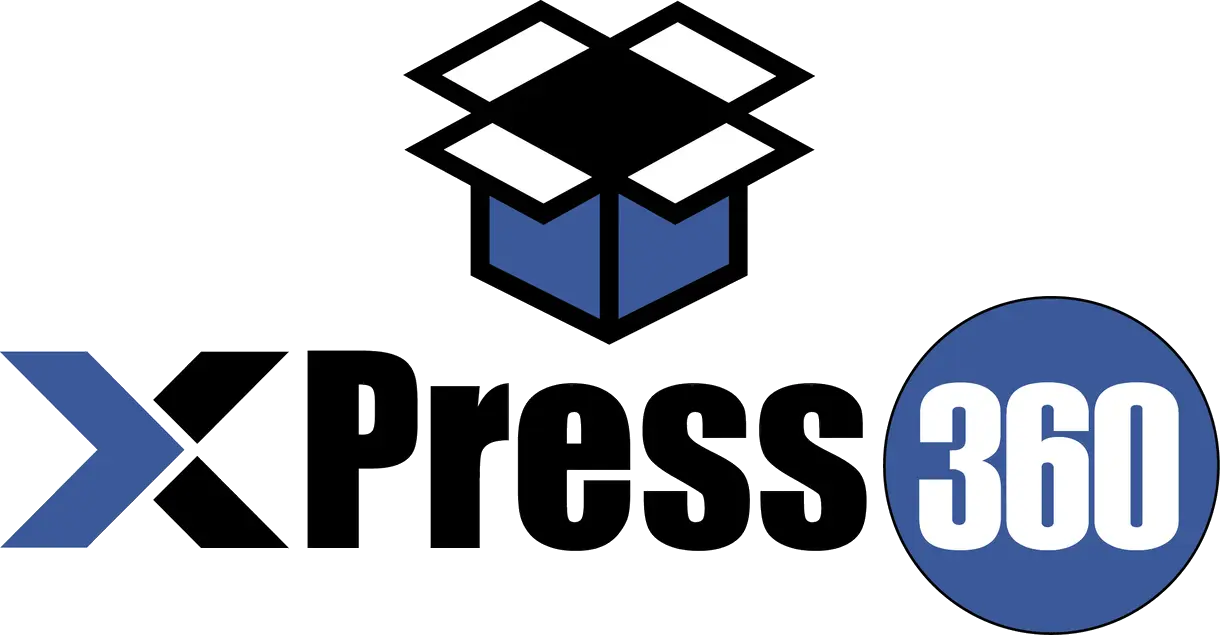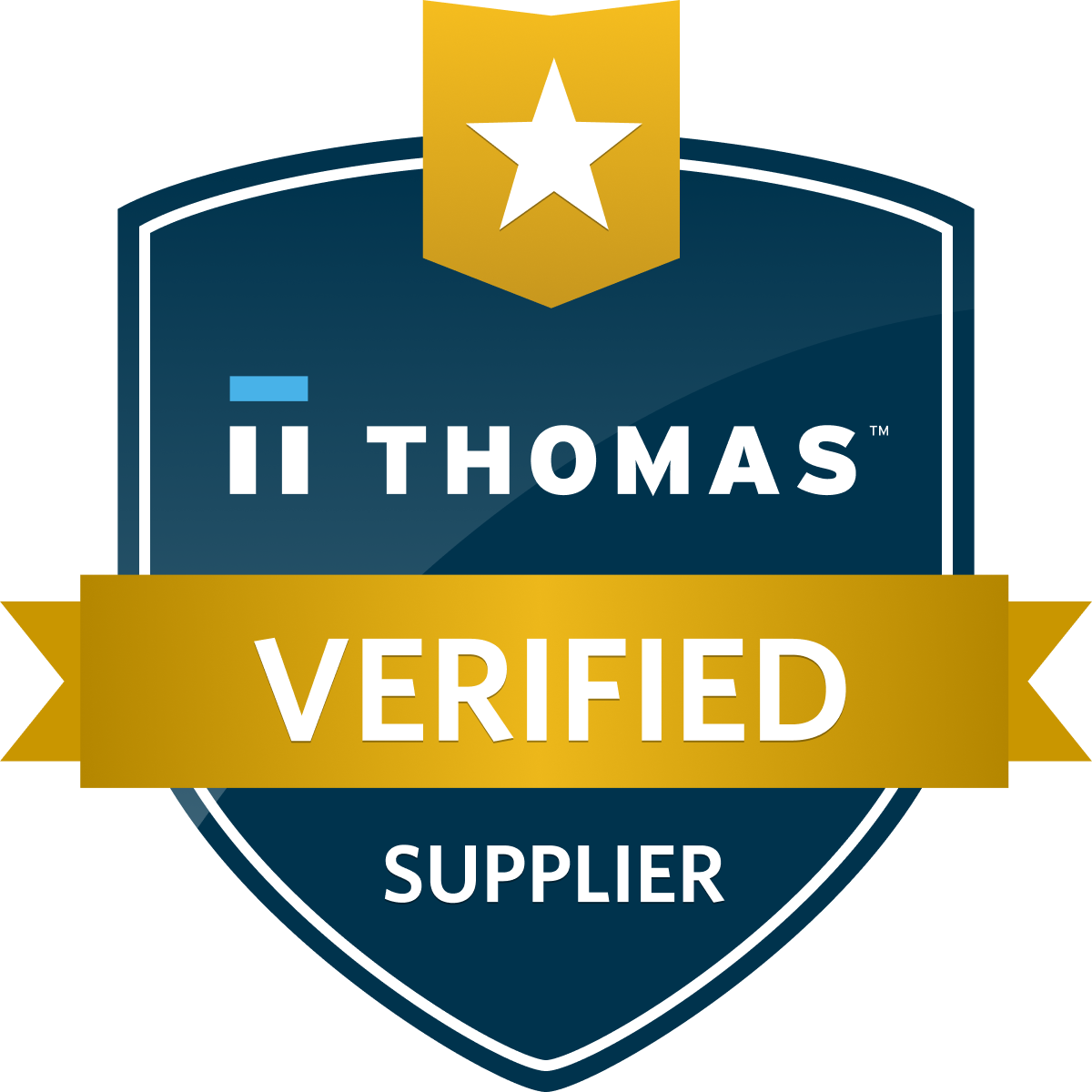In today’s fast-paced world of business and marketing, the role of printing in shaping your product’s branding and market presence is more critical than ever. Whether you’re a startup crafting your initial identity or an established brand looking to refresh your image, understanding the nuances of printing techniques can be a game-changer. In this comprehensive article, we embark on a journey to uncover the fascinating world of printing and how it can profoundly impact your products.
Understanding Printing Techniques
Printing is not merely a mechanical process; it’s an art form that can breathe life into your brand’s identity. It bridges your company’s vision and your customer’s perception, influencing their buying decisions and loyalty. Every brochure, label, or packaging design carries the potential to captivate and leave a lasting impression.
To appreciate the significance of different printing techniques, starting with a clear understanding of what they entail is essential. Printing techniques have a rich history, evolving over centuries to become the sophisticated processes we know today. Let’s begin by defining these techniques and tracing their fascinating historical journey.
Traditional Printing Methods
Letterpress Printing
Letterpress printing, a venerable technique, traces its origins back to Gutenberg’s invention of the movable type printing press in the 15th century. This method involves pressing inked type or images onto paper, creating a distinctive, tactile quality. Despite its age, letterpress printing still finds application in niche markets, offering a timeless and elegant look that can elevate your product’s branding.
Offset Printing
Offset printing, a staple in the world of commercial printing, relies on the principle that oil and water don’t mix. It involves transferring inked images from a plate onto a rubber blanket before being pressed onto paper. This method is known for its high-quality, consistent results and is particularly well-suited for large print runs, making it a cost-effective choice for many product branding campaigns.
Flexography
Flexography, often used for packaging and labels, utilizes flexible relief plates and quick-drying inks. It excels in producing sharp, vibrant images on various materials, making it an excellent choice for items like food packaging and labels where visual appeal is crucial. Understanding flexography’s capabilities can help you design eye-catching product packaging.
Gravure Printing
Gravure printing distinguishes itself by applying ink to the printing surface with engraved cylinders. This technique is renowned for reproducing intricate and high-resolution images, making it ideal for products requiring fine detail, such as magazines, catalogs, and high-end packaging. The precision of gravure printing can contribute significantly to your product’s visual impact.
Digital Printing Technologies
Digital printing technologies have revolutionized the way we approach printing, offering versatility, speed, and precision that were previously unimaginable.
Inkjet Printing
Inkjet printing is a versatile digital technique that propels tiny droplets of ink onto a surface to create images or text. It’s renowned for its exceptional color accuracy and sharpness, making it a popular choice for everything from custom labels to high-quality brochures. Inkjet printing’s adaptability allows for on-demand and short-run printing, making it an attractive option for businesses with diverse printing needs.
Laser Printing
Laser printing employs the precision of lasers to create images or text on various surfaces. Known for its speed and cost-effectiveness, this technique is widely used for tasks like office document printing. However, it’s also finding a place in product branding, particularly for items requiring crisp, text-heavy labels or packaging.
Direct-to-Garment Printing
Direct-to-garment (DTG) printing is a game-changer for businesses in the apparel industry. This digital technique involves printing directly onto the fabric, offering unparalleled customization and detail. Whether creating promotional t-shirts or high-end fashion pieces, DTG printing allows you to transform clothing into a canvas for your brand’s unique artistry.
3D printing
While 3D printing might seem like an outlier in product branding, it’s gaining momentum as a creative tool. It allows businesses to produce prototypes, customized products, and even intricate packaging with remarkable precision. The ability to experiment with shapes and textures can set your brand apart, leaving a lasting impression on customers.
Choosing the Right Printing Technique
Selecting the most suitable printing technique is a critical decision that can significantly impact your product branding efforts. Here are the factors influencing technique selection, ensuring you make informed choices that align with your brand’s goals and budget.
Cost Considerations
Budget constraints play a pivotal role in determining the printing technique. While some methods may offer superior quality, they can be cost-prohibitive for small businesses. We’ll explore how to strike a balance between quality and affordability.
Material Compatibility
Different printing techniques are better suited for specific materials. Whether you’re printing on paper, fabric, glass, or metal, understanding which technique complements your chosen substrate is crucial to achieving the desired results.
Volume and Speed Requirements
The scale of your printing project, as well as the required speed of production, can dictate the choice of technique. We’ll discuss how to match your project’s volume and timeline with the capabilities of various printing methods.
Impact of Ink Types
Inks come in a diverse range of formulations, each with its unique properties and applications. Understanding these ink varieties is crucial for making informed choices that align with your brand’s goals.
Water-Based Inks
Water-based inks are known for their eco-friendliness and suitability for various applications. They are non-toxic, emit minimal odors, and are commonly used in industries where sustainability and safety are paramount, such as packaging and textiles.
Solvent-Based Inks
Solvent-based inks are favored for their durability and versatility. They adhere well to various surfaces and are resistant to environmental factors like moisture and UV exposure. However, their use raises concerns about volatile organic compounds (VOCs) and environmental impact.
UV-Curable Inks
UV-curable inks have gained popularity for their rapid curing and excellent adhesion properties. They are used in industries demanding high-quality, vibrant prints, such as signage and packaging. Understanding the benefits and considerations of UV-curable inks can help you make informed decisions when selecting the suitable ink for your product branding.
Environmental Considerations in Printing
In an era of increasing environmental awareness, sustainable practices in printing have become a priority. Sustainability in printing involves adopting practices that reduce waste, conserve resources, and minimize energy consumption. Strategies like eco-friendly packaging designs, responsible sourcing of materials, and efficient production techniques benefit the planet and resonate with eco-conscious consumers.
Eco-friendly inks and materials are gaining traction as consumers seek products that align with their values. Using recycled and biodegradable materials, along with low-VOC and vegetable-based inks, can help you create sustainable and environmentally friendly product branding that positively impacts both your audience and the planet.
Innovations in Printing Technology
The printing world is constantly evolving, driven by technological advancements that open up exciting possibilities for product branding.
Nanotechnology in Printing
Nanotechnology is revolutionizing printing by enabling exact and durable prints. Nanomaterials and techniques enhance product branding, from creating vibrant color palettes to developing anti-counterfeiting solutions.
Augmented Reality Printing
Augmented reality (AR) has transformed how consumers interact with printed materials. AR printing can breathe life into your product packaging and promotional materials, providing customers with immersive and engaging experiences that deepen brand loyalty.
Smart Printing Applications
Integrating smart technologies into printing creates new avenues for product branding. There are possibilities of connected packaging, where QR codes and NFC tags provide consumers instant access to information, promotions, and interactive content.
Summary
In the dynamic world of business and branding, where first impressions are everything, printing is a masterful tool to shape your product’s identity and make it resonate with your audience. From the timeless elegance of traditional methods like letterpress to the dynamic possibilities of digital printing, we’ve laid bare the diverse palette of options at your disposal. Each printing technique has strengths and unique applications waiting to be harnessed to elevate your brand.
So, whether designing captivating labels for your products or crafting immersive packaging experiences, remember that printing is more than a mechanical process; it’s a canvas for your creativity and a bridge to your customers’ hearts. It’s an opportunity to tell your brand’s story, capture attention, and leave an indelible mark.







